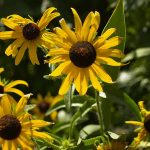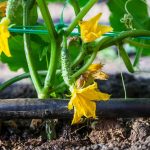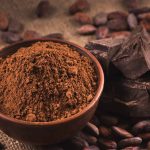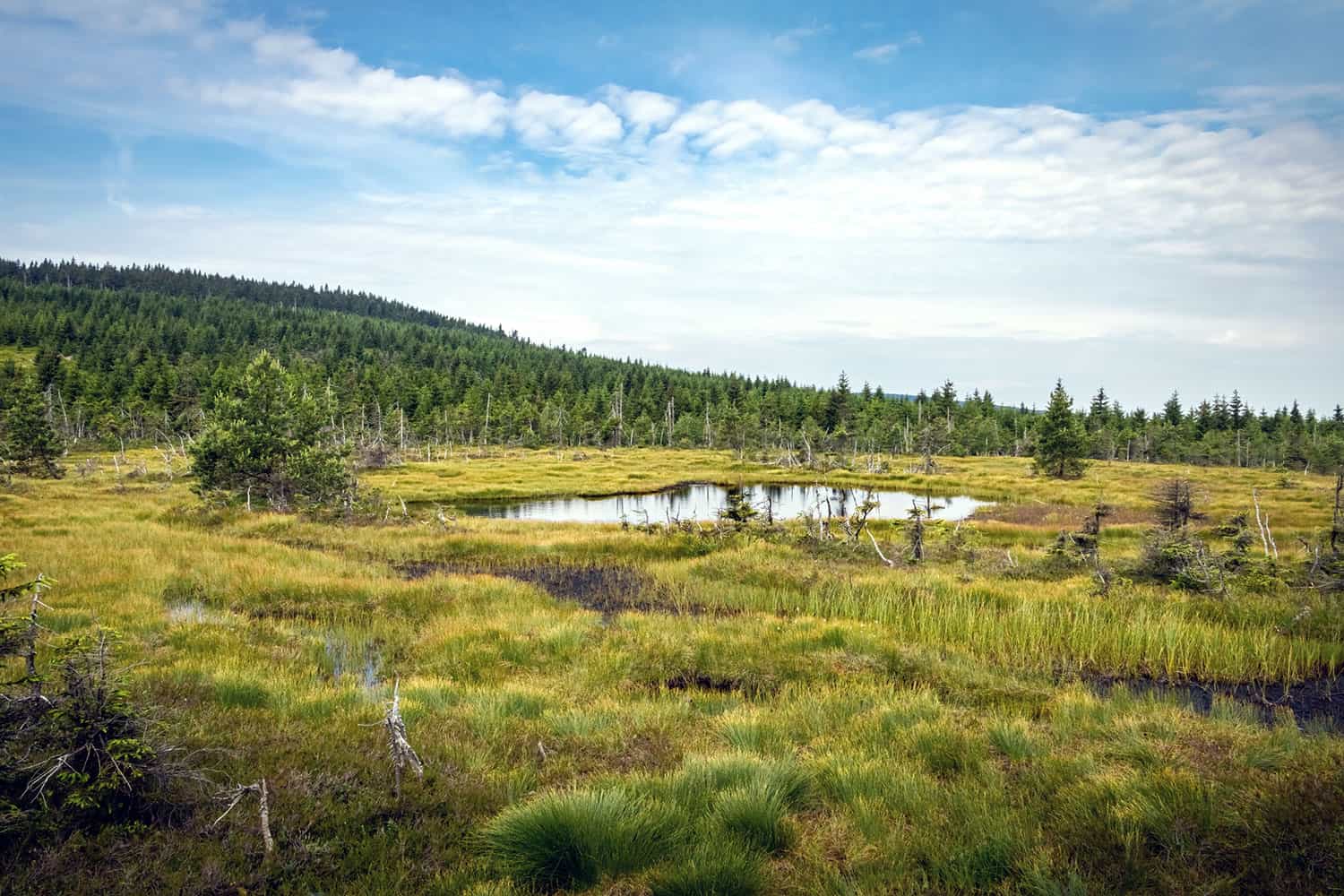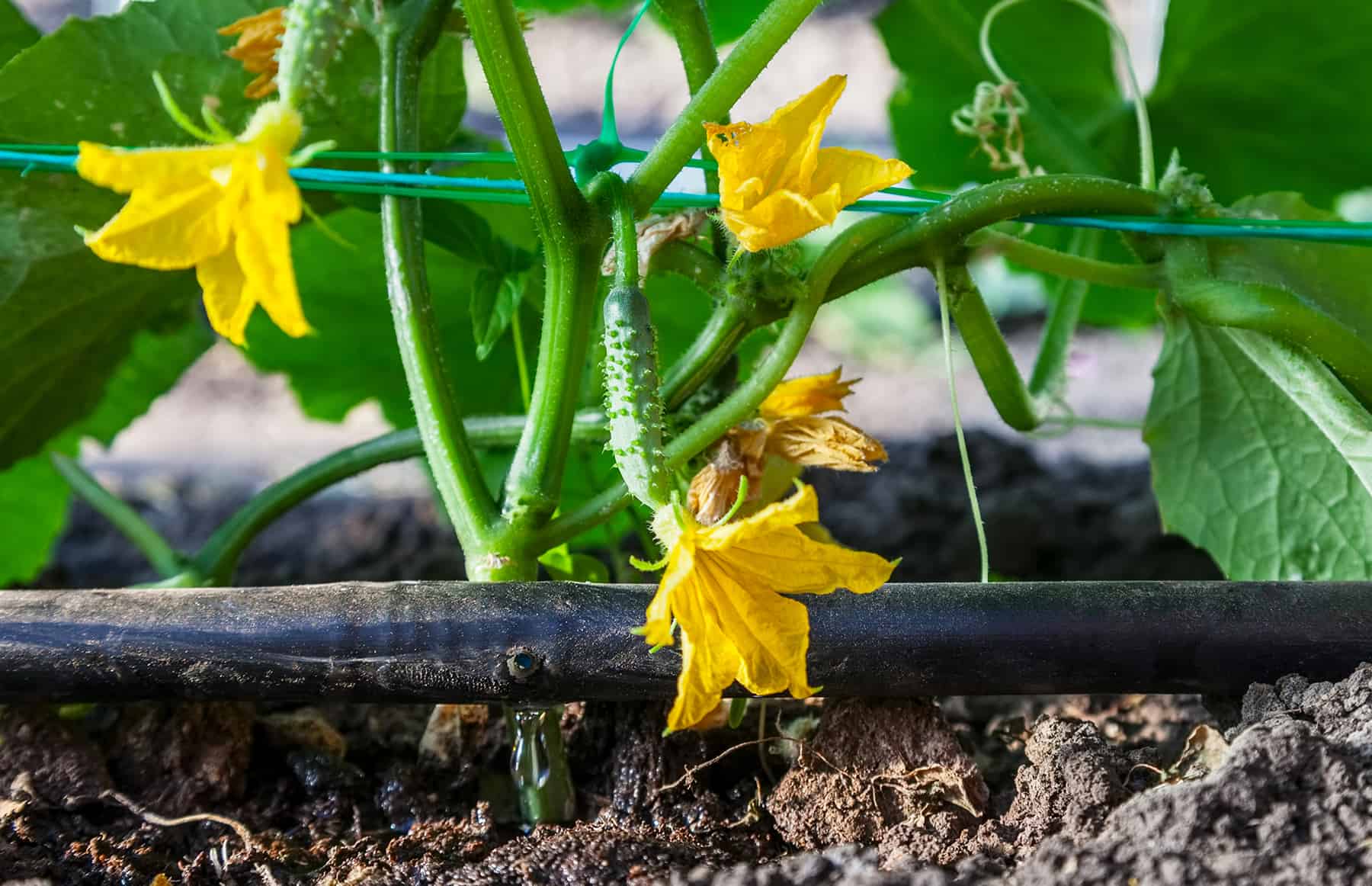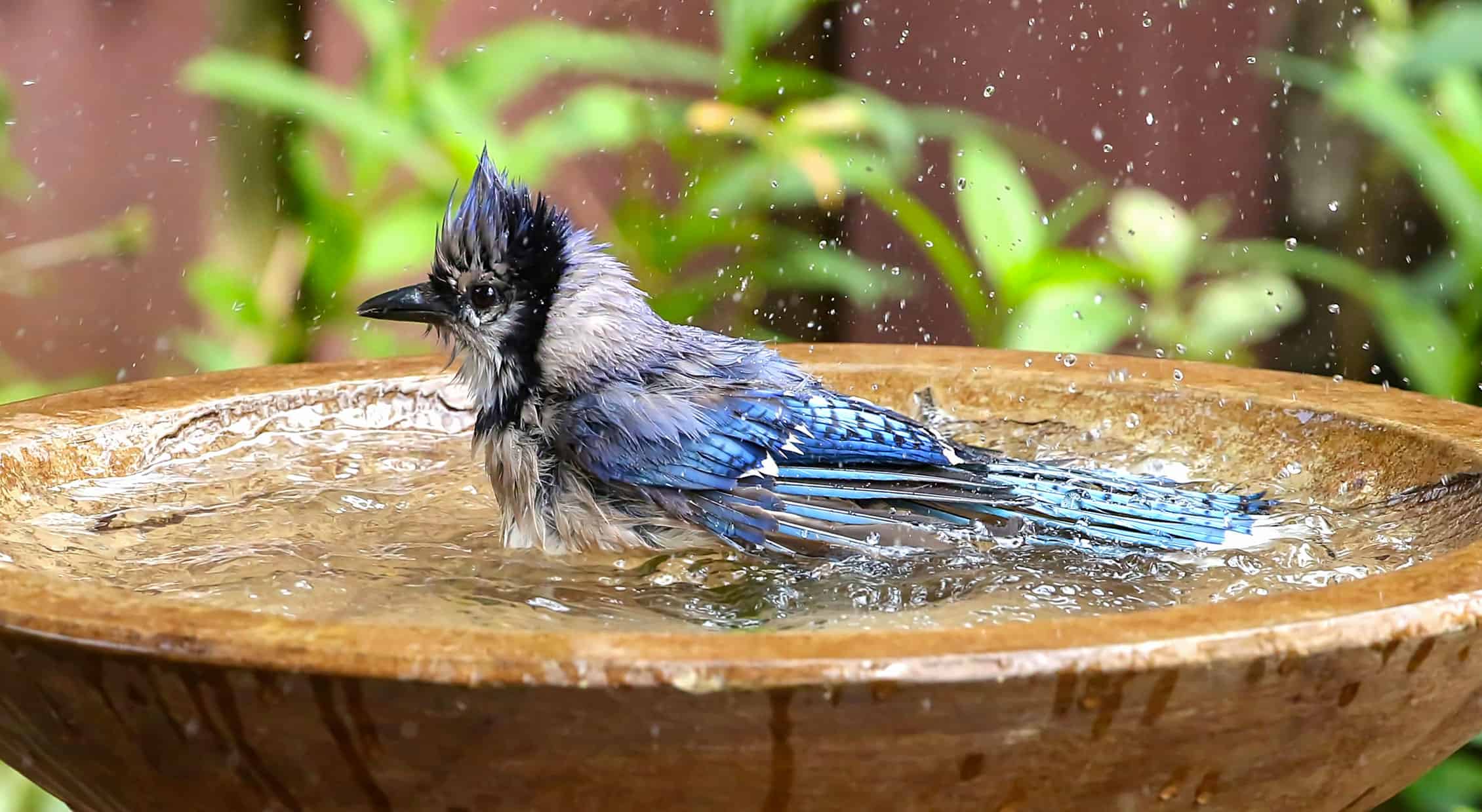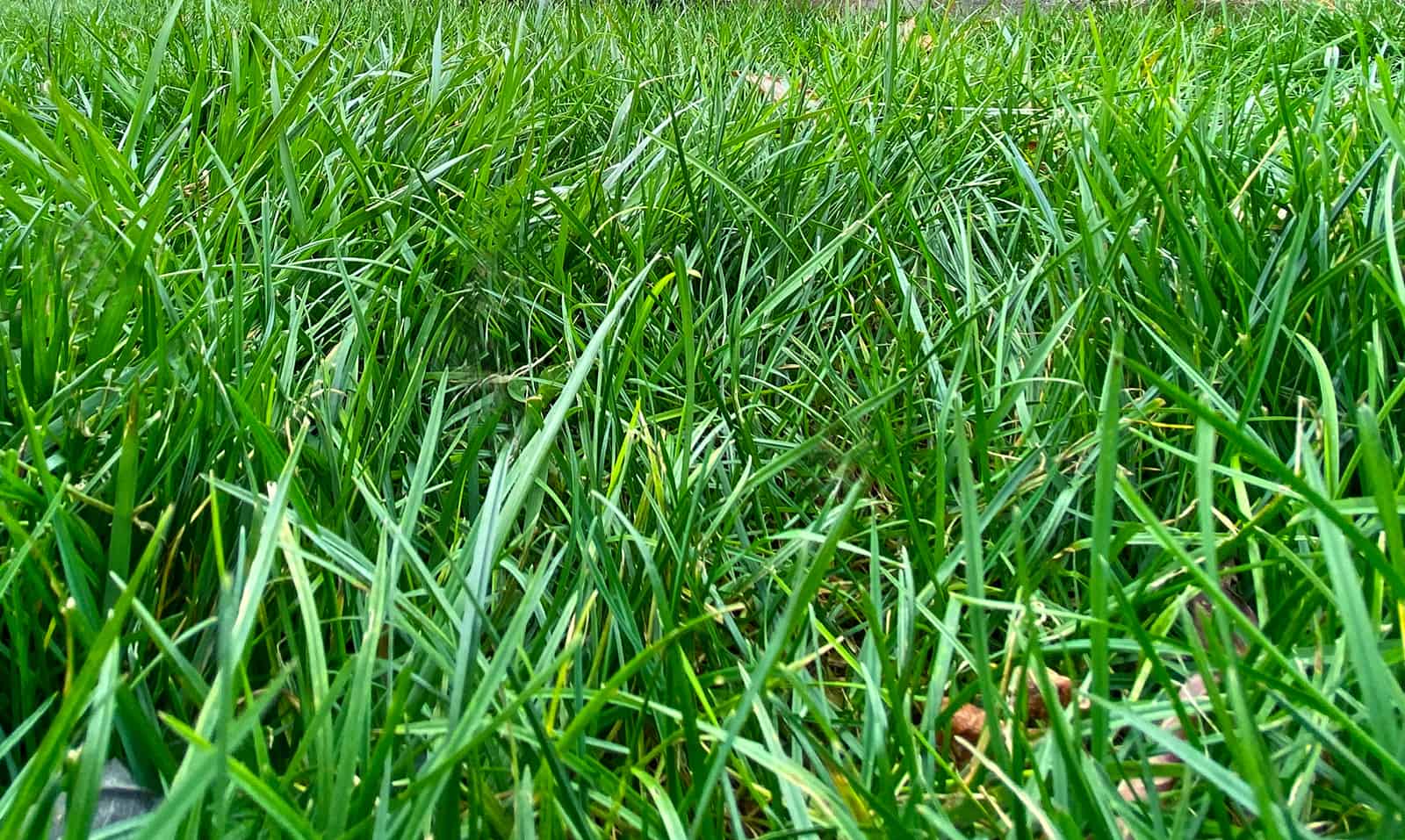[ad_1]
Sphagnum peat moss has been a lifesaver for my gardening, as my house is constructed on high of dense, alkaline clay. The addition of peat moss to my backyard, together with liberal quantities of compost, has executed wonders to control the soil pH and remodel the clay to loam. Peat moss can also be the perfect pure, long-term soil acidifier for acid-loving crops like blueberries, rhododendrons, strawberries, hydrangeas, and dogwoods. However utilizing peat moss is controversial, because it’s thought-about a non-renewable useful resource: it’s harvested from huge carbon sinks known as peat bogs, which assist us within the combat towards local weather change.
What’s peat moss?
Sphagnum peat moss, aka sphagnum peat, is a soil conditioner utilized by gardeners and farmers to decrease soil pH (make it extra acidic). It additionally will increase the power of sandy soils to carry water and improves the drainage and fuel alternate capability of clay soils by including pathways for air and water. Not like different natural supplies like mulch and compost, peat moss doesn’t decay rapidly and lasts in soil for a few years.
The place does peat moss come from?
Peat moss is harvested from a sort of wetland known as a lavatory. Within the lavatory, plant supplies submerged underwater, principally sphagnum moss, decay over hundreds of years, increase layer after layer. This ultimately turns into a soil-like materials known as peat. To reap peat, the lavatory is drained, and the uncovered peat is reduce and vacuumed up. Then it’s dried, screened, and compressed into the bales and different merchandise bought at your native backyard heart.
Nearly all of the peat moss bought in North America is harvested from drained bogs in Canada or Michigan, U.S. Apart from bales, peat additionally seems as peat pellets for beginning seeds, biodegradable peat pots, and as an ingredient in potting soils. As a result of its sustainability query, peat produced in Canada is simply harvested after an environmental evaluation and affect examine and is finished. It’s then harvested utilizing sustainable strategies. Despite the fact that the peat in a lavatory might have been accumulating for lots of or hundreds of years, analysis exhibits that harvested bogs could be restored inside 5 to twenty years.
The controversy round utilizing peat moss in your backyard
Peatlands… play a important function in international warming. They’re the most important terrestrial carbon sink, holding extra carbon than all forests or grasslands. They cowl solely 3 p.c of the land, however comprise 30 p.c of the carbon.
Bogs are a sort of peatland, that are wetland ecosystems that entice 1/third of the world’s soil carbon. Every lavatory is a pure carbon sink of immense proportions (it absorbs carbon dioxide from the ambiance). When peat is harvested from the lavatory, this carbon is launched again into the ambiance, contributing to local weather change.
In 2016, the U.N. launched the World Peatlands Initiative to guard peatlands, “which comprise nearly 100 instances extra carbon than tropical forests.” Apart from making an attempt to limit peat harvest, the initiative additionally protects peatlands from spontaneous fires attributable to deforestation, which may take many lives.
In response to The Washington Put up, “the extraction of peat requires the removing of a lavatory’s residing floor to succeed in the partially decomposed layers beneath. It grows at a mere sixteenth of an inch a 12 months, and its mining removes layers that take centuries to develop.” In Nice Britain, utilizing peat is now restricted and the federal government is phasing out peat moss for passion gardeners and agricultural use. The Royal Horticultural Society, the most important gardening group on this planet, has decreased peat use by 97 p.c at its 4 main gardens in England and urges its members to do the identical. Britain has misplaced 95% of this pure useful resource, as a lot of the peat was harvested for burning as gasoline over lots of of years.
The Canadian Sphagnum Peat Moss Affiliation pushes again on claims of harvesting peat bogs and its environmental results. Canada, which leads the world in producing peat moss, incorporates greater than 280 Million acres of peatlands. Of that huge quantity, solely 73,000 acres have thus far been harvested, a fraction of the amount naturally generated in undisturbed bogs. The group’s members take the restoration of every harvested lavatory critically. After harvesting, every lavatory is reflooded and reseeded with shredded moss grafts, which cowl the harvested web site inside 5 years. The peat lavatory is of course restored in 10-15 years.
Why use peat moss as a soil modification?
- Peat moss is good for slowly acidifying your soil over the long-term. It has a pH of between 3.0-4.0.
- It’s cheap.
- In rocky or sandy soil, which dries out rapidly, peat moss will take in and maintain water longer than the soil, making moisture extra out there for crops.
- In dense clay soil, it will increase porousness, air capability, and drainage.
- Peat moss incorporates no weeds, bugs, or ailments.
- It’s naturally sterile and incorporates few microorganisms.
- Peat moss is authorised for natural gardening.
4 peat moss options
Peat is most well-liked as a pure acidifier for soil when planting blueberries, rhododendrons, azaleas, and related crops. In case you’re solely utilizing peat moss for its aeration qualities, attempt these as an alternative:
*Peat moss shouldn’t be used as a mulch, as it can densely pack when moist and limit water from coming into the soil – it ought to all the time be blended in with the highest layer of soil.
1. Compost
A improbable soil conditioner packed filled with vitamins your crops want.
2. Coir
Coir is a fiber made out of coconut husks and has the identical water holding capability and porosity as peat moss. However one can argue that coir has a big carbon footprint, as coconuts are grown on plantations in Asia and should be shipped to gardeners worldwide. Coir mud and Cocopeat are additionally made out of coir.
3. Pine Bark
Finely shredded and composted pine bark is just not solely a wonderful mulch but in addition a high-quality soil modification when used with different members of this listing.
4. Worm Castings
The excrement of Earthworms, worm castings, are harvested and bought as a pure fertilizer. They’re loaded with vitamins and helpful microbes your crops want.
[ad_2]


